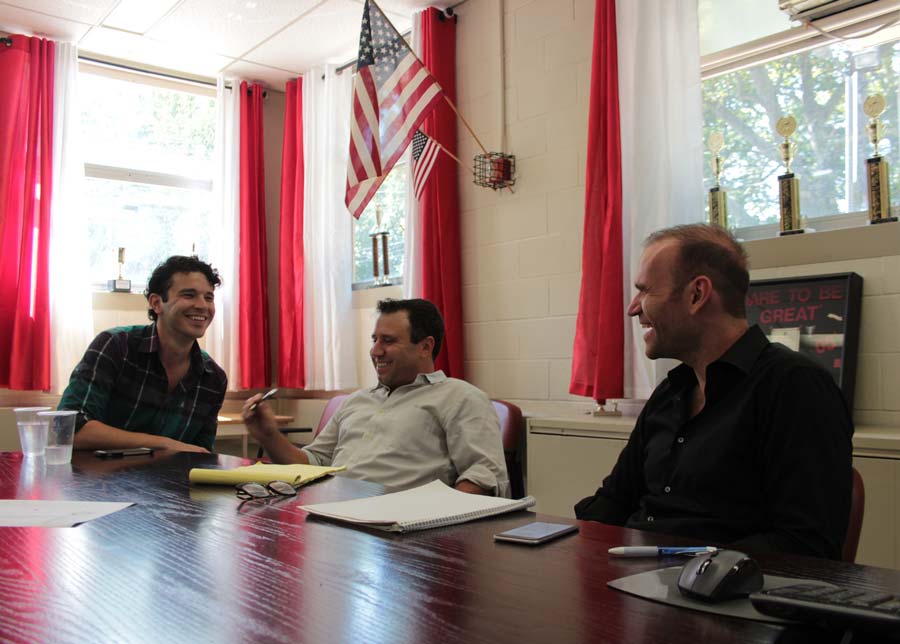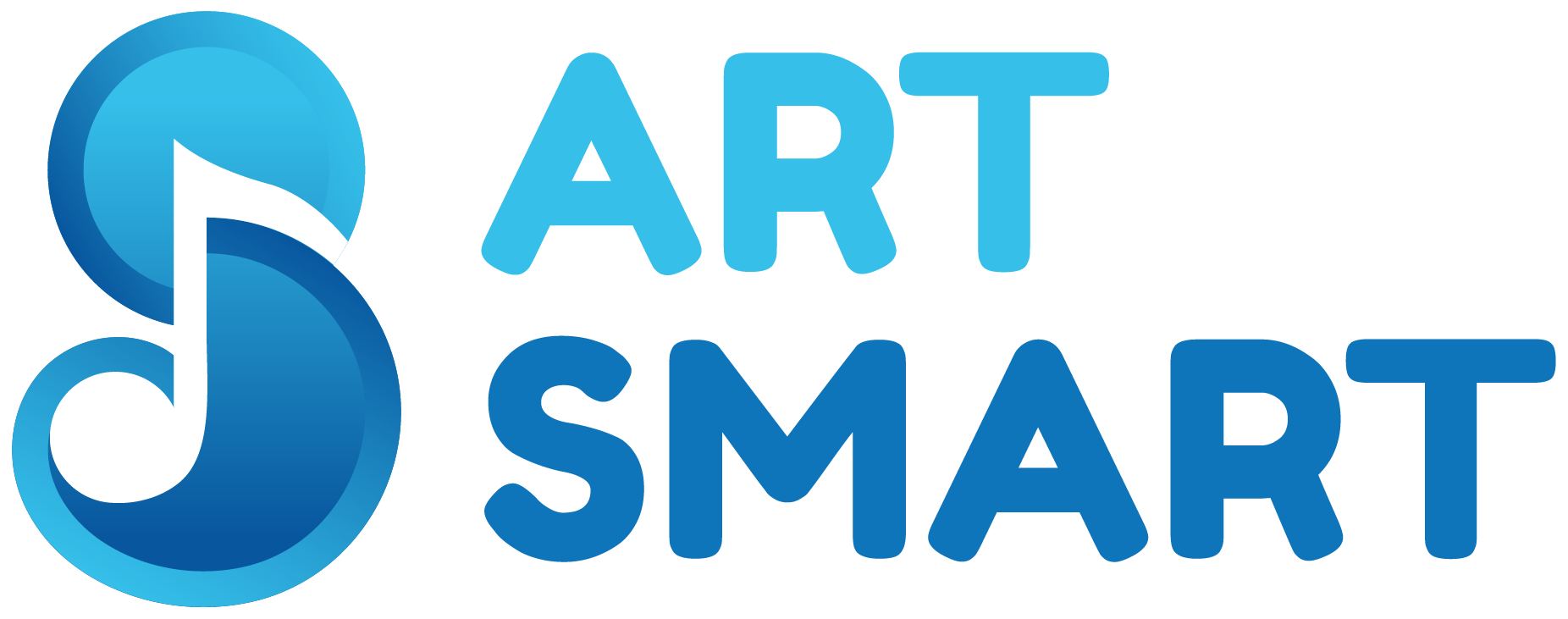
Last year, ArtSmart launched its pilot program at East Side High School in Newark and is launching two more this year at the Franklin Learning Center in Philadelphia and the James Lick Middle School in San Francisco. We have Michael Fabiano, John Viscardi, and Brian Levor with us for this conversation.
How did you become part of ArtSmart?
Michael: After a long review and discussion of music education needs in the US, John, Brian, and I concluded that it was necessary to establish an organization that filled this need. We wanted to address all sides of the problem which included providing free music lessons to kids with limited access as well as providing established singers who were seeking more employment an opportunity to act as mentors to the kids.
John: I’ve known Brian for 32 years and Michael for 12. For the better part of both of those relationships we’ve discussed strategies for changing the way the arts are utilized and positioned in the United States — particularly when it comes to education. From my perspective, I’ve always been a part of ArtSmart and ArtSmart has always been a part of me.
Brian: Wow, John- how am I supposed to follow that? I recall the inception of ArtSmart being a very natural progression from projects we had worked on earlier in life, many of them kind of tangential to ArtSmart. It felt like the perfect time and perfect team to combine all that experience into a charitable organization. Let’s do some good in the world, together.
Who chose the name?
John: I did.
Michael: <laughing> I’ll elect to say it was a process between the three of us.
Brian: I did.
How did you select East Side High School as your pilot program?
John: I’ll leave this one for Michael.
Michael: We identified cities in the US with troubled arts programming (unfortunately it was many) and found a school that was in dire need of support on the East Coast near the founding team. It helped that I know the Ironbound area in Newark well and that my uncle Joe runs a highly successful children’s early learning center and community outreach program in Newark.
Brian: I remember that first day in Newark, and how excited the principal was to have the program coming to his school. It was great to see it finally becoming real after so many phone calls and emails. I also remember taking a tour of Uncle Joe’s facility in Newark and seeing what a great service he provides to the community there, seeing what is possible. That day really amplified my excitement for our quest.
What was your favorite moment from the pilot program?
Michael: I had the opportunity to work with some of the kids in a one on one setting and see how much they grew in such a short time. It’s amazing the impact that quality one-on-one time can have on a student. I observed similar growth after the students interacted with our mentors. It’s one thing to have an idea, but it’s another to see something you know in your heart is desperately needed (targeted music education) have the direct impact you thought it would.
John: Definitely the end of year performance. I was fortunate enough to be able to join Hannah, Tom and the East Side students for their final concert and it was an experience I’ll never forget. The dedication and passion that everyone brought to the table was astonishing.
Brian: I loved talking to our Mentors and hearing stories of our kids and their progression. The way that Hannah and Tom spoke so passionately about the kids, I knew we were fulfilling our promise at long last. I also loved when I got some end of year data from the school and noticed a significant drop in disciplinary action and absenteeism from students in the program. It hit me that “yes, this works!”
What challenges did ArtSmart face in its first year?
Michael: Admittedly, several. We initially had to address how we were going to combat attrition, so we developed several incentives and accountability measures to ensure the students would commit to the program. The red tape and bureaucracy for nonprofits to establish partnership programs with schools is unbelievable. In the schools where students need the most assistance and access to opportunities, there should be a more efficient way for the community and nonprofits to help.
John: Echoing Michael’s responses, tardiness and no-shows to lessons at the beginning of the school year.
Brian: Yes, the early issues with attendance and communication were a huge learning experience for us. It forced us to rethink some processes and ultimately we became a better organization because of it. For me the legal hurdles were the most frustrating, in terms of cementing a contract with a school district. I almost lost it when our insurer asked us to make sure all the exit signs at the school were properly illuminated.
What are you doing differently in year two to mitigate some of these issues?
John: Creating a stronger sense of value for the program in the eyes of the student: tweaking the student selection process; implementing a student/guardian orientation day; and clearly outlining expectations for students and ArtSmart at program onset.
Michael: Agree with John. Additionally, we’ve created a Best Practices document for our team and mentors to keep our kids accountable and schools on point. We’ve opened two new programs and held auditions in all schools for great talent. We’ve increased our recruiting scheme to find top talent around the country and we’re actively building technology to assist our kids in their learning…more to come on this soon. Bottom line is that the success of our program depends on the commitment of our students, teachers, and our team. I’m proud of the changes we’ve made and we’re anticipating a very successful year.
Brian: As the others said, we had to overcome a disconnect that I think is inherent in providing a very valuable service for free. We learned that it is ok to ask for a strong commitment, and to enforce that commitment both positively and negatively. We also strengthened our communication practices with the school and with parents. We had to find ways to ensure that our students were as committed to the program as we are, and we have made large strides. There are exciting plans in the works on that front as well, as Michael hinted, which we’ll reveal at a later date :).
Article DETAILS:
By ArtSmart Co-Founders | Published on 10/19/2017

